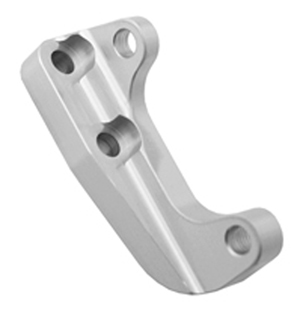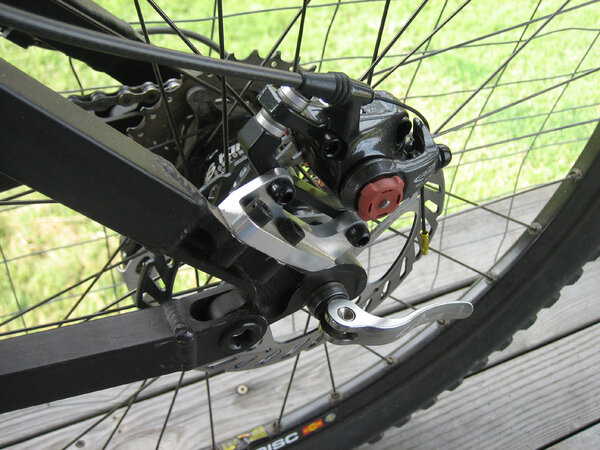Hey all,
Looking for some info from any old Trek Y frame owners -- that is if any even exist anymore
I am the designer of several 3D printable disc brake adapters for late model bikes that lack standard disc mounting tabs.
Some recent info has lead me to believe some of the old Trek Y frames used the same URT swingarm as the 98 & 99 fisher Level Betty frames (& 99 Joshua), for which an adapter is already available.
If what ive seen/read in old catalogs is true, the adapter i've designed for the Fisher bikes should also work on the Trek Y's of the same year.
Can any Y owners out there confirm whether or not their rear triangle and dropout matches the one pictured below?

See this thread for more info on the adapters I've produced:
http://forums.mtbr.com/singlespeed/rear ... 985-3.html
Visit my Shapeways Shop, if you're interested in a disc adapter of your own: Polymetric Design by slackard on Shapeways
Thanks in advance for any info you can provide!
Looking for some info from any old Trek Y frame owners -- that is if any even exist anymore
I am the designer of several 3D printable disc brake adapters for late model bikes that lack standard disc mounting tabs.
Some recent info has lead me to believe some of the old Trek Y frames used the same URT swingarm as the 98 & 99 fisher Level Betty frames (& 99 Joshua), for which an adapter is already available.
If what ive seen/read in old catalogs is true, the adapter i've designed for the Fisher bikes should also work on the Trek Y's of the same year.
Can any Y owners out there confirm whether or not their rear triangle and dropout matches the one pictured below?

See this thread for more info on the adapters I've produced:
http://forums.mtbr.com/singlespeed/rear ... 985-3.html
Visit my Shapeways Shop, if you're interested in a disc adapter of your own: Polymetric Design by slackard on Shapeways
Thanks in advance for any info you can provide!

